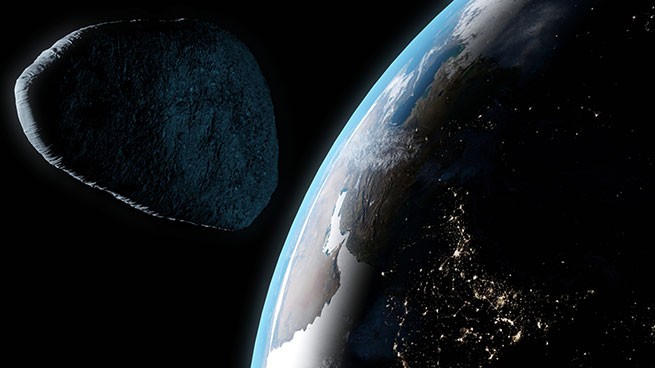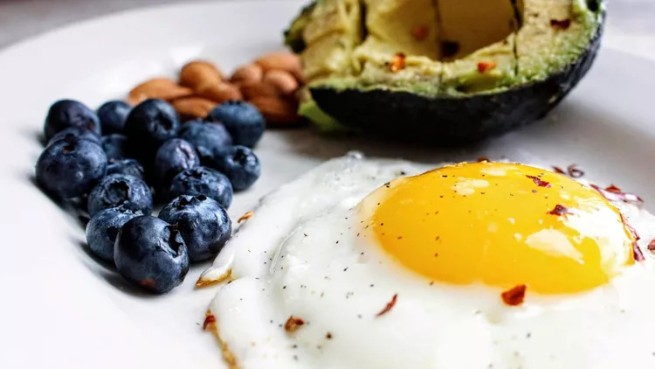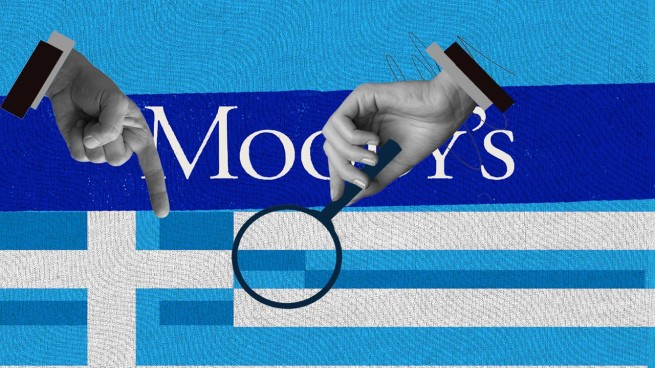The arrival of doctors with vaccines in the indigenous tribes of the Amazon was a complete surprise for the aborigines.
Medical workers in boats traveled to isolated villages in the Peruvian Amazon to vaccinate their residents. However, they were extremely surprised – they did not hear about the pandemic raging in the world.
Mariano Quisto, the head of a community lost in the dense Amazon rainforest in Peru, first learned of the global Covid-19 pandemic in October, from healthcare workers who arrived with vaccines. Through an interpreter, he says:
“We didn’t know about COVID-19. This is the first time we hear about it. “
The community cannot be reached by road, only by boat. This was convinced by a Reuters correspondent who arrived there with members of the International Red Cross after a three-day trip along the river, starting from the city of Iquitos in the Amazon.
In the village of Manguale, people hunt and fish for food. They live in wooden houses on stilts without electricity. Communication with the outside world is minimal. Gilberto Inuma is President of Fepiurcha, an organization that defends the rights of the Urarina (an indigenous people from the Peruvian Amazon). He says:
“The authorities have not come here for many years. These communities are truly forgotten. “
Not all communities have been able to avoid negative publicity about the pandemic and its impact. According to Inuma, at least 5 people in Urarin have died from COVID-19.
Indigenous communities have one of the lowest vaccination rates in the country, says Julio Mendigura, head of health policy at the Peruvian Ministry of Health. Only one in five were vaccinated there, compared with 50% in the country as a whole. He explains:
“When you look at these numbers, you have to remember that it takes at least 4-5 hours for medical teams to administer both doses. And this is the best case. To get to Mangual, for example, it took 26 hours of travel over 3 days along the rivers, which at times were blocked by fallen trees or had dry sections. This difficult path highlights the challenges of vaccinating remote indigenous communities in Peru and beyond, as well as gaps in wider access to health care for remote groups. ”
The boat, which reached remote villages, contained a blue refrigerated container containing 800 doses of the Chinese Sinopharm vaccine, chilled with dry ice. In November, the team will travel this route again to get the second dose. One of the vaccinated local women says:
“I decided to get a vaccine in order not to get sick. Because it is possible if traders come to the area to bring the disease and pass it on to us. “
She asked not to be named, as members of the community very rarely communicate with strangers.






More Stories
Scientists urge close monitoring of health of those who have received Covid-19 vaccine
Unexpected twist in monkeypox epidemic: 'It's a side effect of the COVID-19 vaccine,' virologists say
Elon Musk on unvaccinated people: “It's been three years. Shouldn't everyone die?”